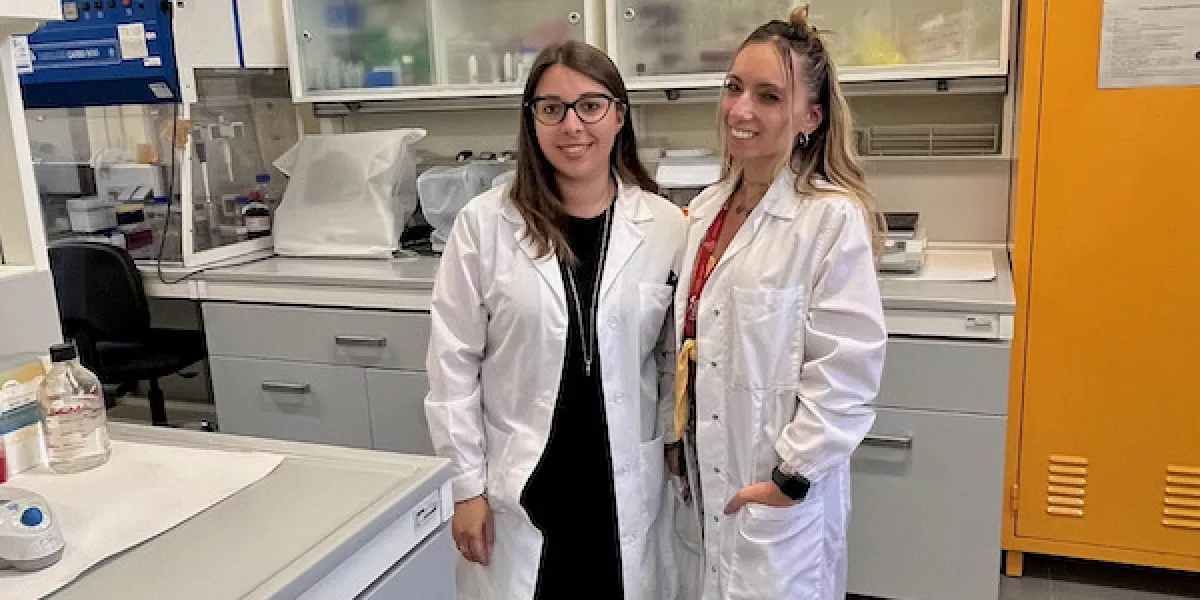Myocardial infarction: an innovative approach to regenerate the heart

The doctor Simona Casarella, PhD student at the laboratory of Human Anatomy led by Professor Francesca Boccafoschi, together with the master student Federica Ferla, deal with the project ''Identification of laminin-binding oligopeptides in cardiac development: a possible use in functionalized dECM-based biomaterials to restore cardiac functionality in late phase of acute-Myocardial Infarction (MI)'', which aims to study cardiac functional regeneration after a heart attack through the use of innovative biomaterials.
Myocardial infarction affects approximately 3 million people worldwide and it is associated with modifiable risk factors (e.g. lifestyle habits, cigarette smoking, etc.) and non-modifiable factors (e.g. gender, family history, etc).
One of the main causes is atherosclerosis, which is the formation of atherosclerotic plaques that lead to vascular occlusion resulting in cellular death due to inadequate or absent vascularization of the tissue and necrosis of the damaged area.
The functional restoration of damaged tissue or its replacement is made complex also by the fact that cardiomyocytes (cardiac muscle cells) lack regenerative capabilities.
The main clinical therapies for heart attack include drug therapies and implantantion of the ventricular assistance device (VAD). However, none of these strategies is capable of restoring the cardiac phenotype of cells and avoiding the functional loss of the affectes area.
Due to the high incidence of the pathology and the inadequacy of current therapeutic solutions, cardiovascular engineering is a field of particular interest for basic and traslational research.
In this regard, biomaterials, composed of synthetic and/or natural materials, would represent a potential solution for cardiac regeneration.

The project aims to study a possible regenerative approach through the use of a biological injectable hydrogel that stimulates repair mechanisms through molecular components such as the extracellular matrix (ECM) and specific integrins, membrane receptor involved in the adhesion and in the differentiation of cardiac cells.
Why these components? ECM, integrins and other associated molecules play an important role in both physiological and pathological conditions in the cardiac context. Indeed, after a heart attack, the fibrotic scar that is formed, alters extracellular cell-matrix communications, thes changing the physiological and mechanical molecular compositions of the heart.
To mimic the extracellular matrix with great approximation, hydrogels (highly aqueous three-dimensional matrices) are excellent candidated, given their exceptional biocompatibility and low immunogenivity. Moreover, they have demonstrated the potential to induce repair mechanisms in various types of tissue, promoting cell infiltration, especially of progenitor cells, neo-vascularization and functional remodeling.
Finally, hydrogels have shown encouraging results in cardiac repair both as mechanical supports and as carriers for bioactive molecules such as growth factors, drugs and cytokines.

